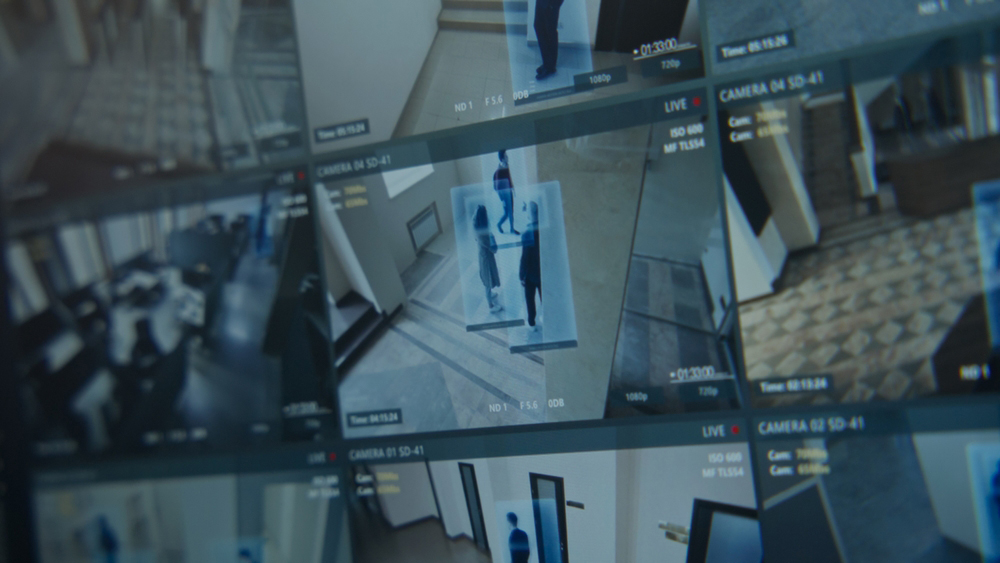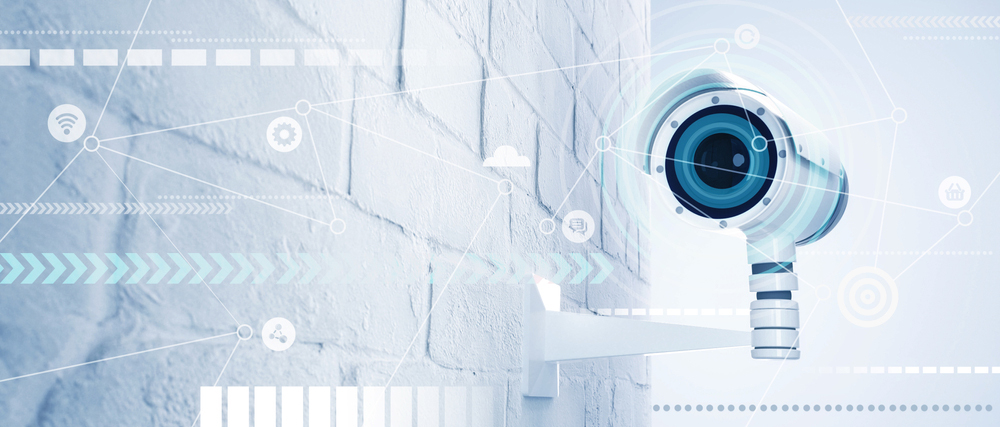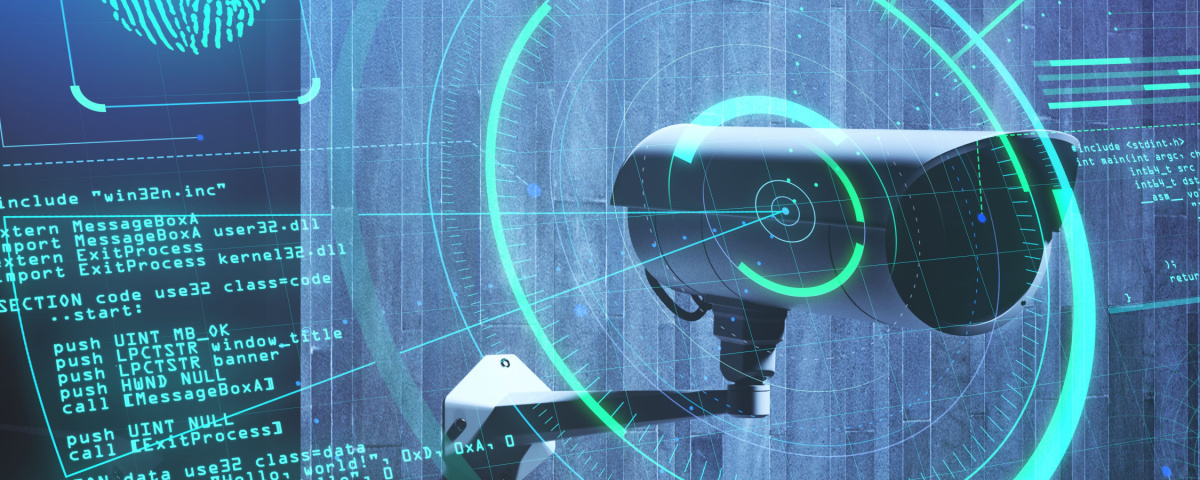Exploring Tomorrow’s Video Security: Key Trends and Innovations
In a world where security is more important than ever, the future of video surveillance is stepping into a new area of sophistication and efficiency. The advent of cutting-edge technologies transforms traditional security systems into smart, adaptive solutions that promise enhanced protection and unprecedented levels of intelligence.
From AI-powered analytics to advanced integration with IoT devices, the landscape of video security is revolutionizing. In fact, according to statistics gathered by World Metrics, video security is about to see a massive boom by 2025:
- The global security camera market is expected to reach $8.58 billion
- The global smart camera market is forecasted to reach $9.91 billion
- Video analytics software revenue is expected to grow by $4.6 billion
- 70% of businesses plan to increase their spending on video surveillance cameras
Exploring the Latest Video Security Trends
Emerging trends highlight the security market’s dynamic nature and its crucial role in evolving our approach to surveillance. These developments underscore that integrating new technologies into a cohesive and intelligent security strategy is essential. Below, we will explore key issues and trends set to reshape the industry.
Traditional Security Remains Essential
Even amidst the digital revolution, classic physical security solutions such as CCTV and access control systems continue to play a vital role. Their established reliability in overseeing and regulating access points affirms their enduring value within a comprehensive security strategy, reflecting the ongoing advancement in physical security technology.
4K and Ultra HD Resolution
The demand for higher-resolution video footage is continuously growing, and 4K and Ultra HD cameras are becoming increasingly indispensable in the realm of video security. The shift towards 4K and Ultra HD is driven by the need for sharper images that can capture finer details and enhance overall effectiveness. This evolution not only improves the quality of recorded footage but also aids in more accurate threat detection and investigation, marking a significant leap forward in the quest for compressive and reliable security solutions.
AI-Powered Surveillance and Analytics
CCTV cameras now leverage AI and Machine Learning to elevate their capabilities with advanced analytics such as facial recognition, object detection, and behavior analysis. This integration enables proactive security measures and insights, significantly enhancing monitoring efficiency and threat detection accuracy.
AI-driven systems analyze vast data streams in real time, providing faster and more precise responses to potential risks. As AI and ML continue to reshape commercial security, they become essential components of modern surveillance, making security systems smarter, more responsive, and better equipped to identify and mitigate threats.

IoT Integration
The integration of the Internet of Things (IoT) is transforming the landscape of video security by enabling seamless connectivity with smart devices, cloud platforms, and automation systems. This IoT-driven synergy allows for a more cohesive and responsive security management approach, where smart sensors, cameras, and access control systems work in unison to provide a comprehensive view of a facility’s security status.
With IoT-enabled technology, these devices communicate in real time, offering detailed data and alerts about unusual activities, which enhances both control and automation. This interconnect network not only improves efficiency but also empowers security teams to make quick, more informed decisions.
The Power of Edge Computing
Edge computing is emerging as a game-changer in the video security industry. By enabling the processing and analysis of video data directly at the device level, edge computing drastically reduces latency and bandwidth requirements, enhancing both responsiveness and efficiency. This technological shift allows cameras to perform edge analytics – analyzing video data at the point of capture rather than sending it to a central server.
With cameras sending only pertinent video snippets, the network experiences less strain, which translates into cost savings and quicker response times making the overall security system more agile and capable of delivering timely alerts.
Autonomous Security Systems
Autonomous security systems are revolutionizing the future of video surveillance. These cutting-edge tools offer the ability to patrol expansive areas autonomously, detect anomalies, and provide real-time alerts to security personnel, significantly enhancing both surveillance and response capabilities. By reducing the need for constant human monitoring, these systems streamline security operations and ensure more efficient coverage of larger environments.
Cloud-Based Solutions
While we are already familiar with cloud-based solutions, one of the stand-out trends in video surveillance is the shift toward cloud-based solutions. The adoption of cloud technology offers businesses unparalleled flexibility and scalability. Cloud-based CCTV solutions provide redundancy by storing data in multiple locations, ensuring continuity even in the event of network outages. This shift enables centralized management, real-time monitoring, and scalable storage options, meeting the demand for both flexible and efficient surveillance solutions.

Critical Cyber Security Integration
Surveillance systems are becoming increasingly digitized, and integrating robust cybersecurity features is essential to safeguard against evolving digital threats. Key measures such as encryption, secure authentication, and regular firmware updates are crucial to protecting both physical and digital assets. The convergence of physical and cybersecurity is no longer optional but necessary, as threats to digital data and systems grow more sophisticated.
What is on the Horizon?
Looking ahead, we are still set to experience significant growth and innovation in video security. We can expect advanced analytics to continue to evolve with a deep integration of AI and machine learning algorithms. The deployment of 5G connectivity will enable seamless streaming, real-time analytics, and efficient remote management of systems.
Additionally, the development of sustainable solutions, such as energy-efficient and solar-powered cameras, will address environmental concerns while maintaining high-security standards. Ethical considerations will also drive the industry, with a focus on the integration of human oversight to mitigate AI biases and false alarms. The human-in-the-loop approach ensures that AI-based surveillance systems are continuously improved and aligned with evolving data privacy regulations and ethical standards. As a result, the future of video security will blend advanced technology with human expertise, creating a more robust and responsible security environment.


